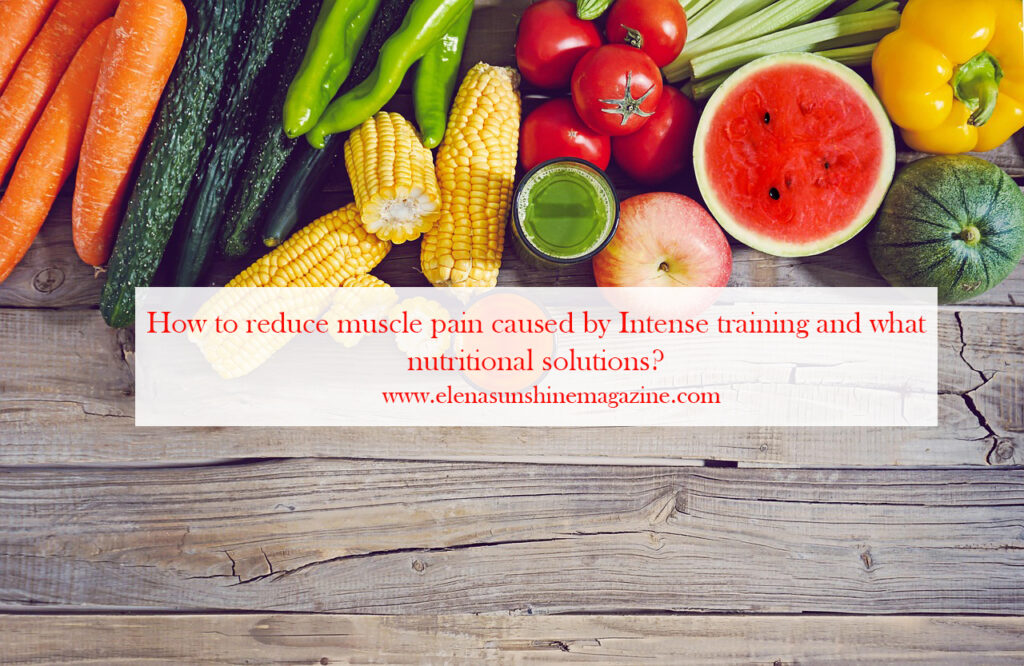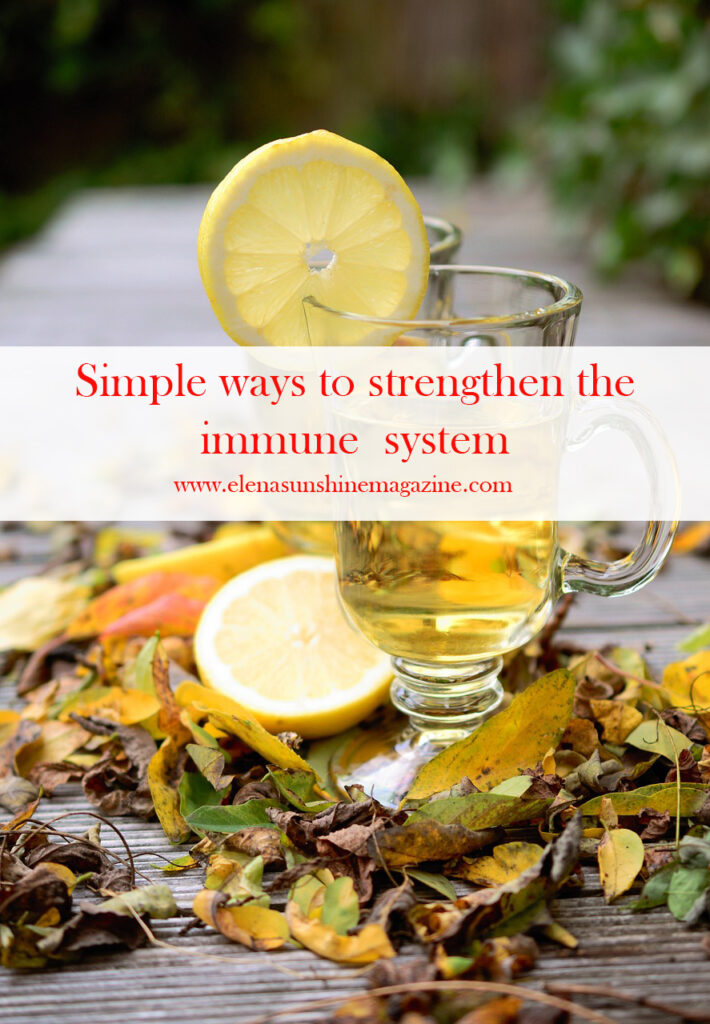Food products are sources of nutrients that regulate the functioning of our body, building material for it and energy potential. How to reduce muscle pain caused by Intense training and what nutritional solutions?
Organized nutrition helps prevent many diseases, but how can it help in the fight against already existing unpleasant sensations, such as muscle pain after an intense workout? Is it possible to compensate for this unpleasant “aftertaste” with the help of food products in the process of building a beautiful, athletic body?
Causes of muscle pain after exercise. How to reduce muscle pain caused by Intense training and what nutritional solutions?
To choose the right actions to eliminate pain, you need to understand the causes and mechanism of their occurrence. Every time the muscles receive an intense load as a result of training, they react with painful sensations the next day.
The pain is caused by the accumulation of uric acid (also known as lactate) in the muscles during exercise. But the majority, nevertheless, adheres to the opinion that uric acid has a momentary burning sensation or pain in the muscle during exertion, which immediately disappears with relaxation.
The reasons for the “crepature” are the same, which remains on the second and even the third day after training. This is caused by the appearance of other, under-oxidized metabolic substances during exercise, which act on the nerve endings in the muscle tissue, irritating them.
Microscopic injuries and tears are possible, the healing of which is accompanied by slight inflammation, pain, and possible swelling. This factor may explain the long-term pain, as the healing process takes time. Based on the possible causes of its appearance, you can safely take up the problem.
(1) – “The balance between recovery and adaptation and the potential that nutritional interventions have in modulating this balance.”
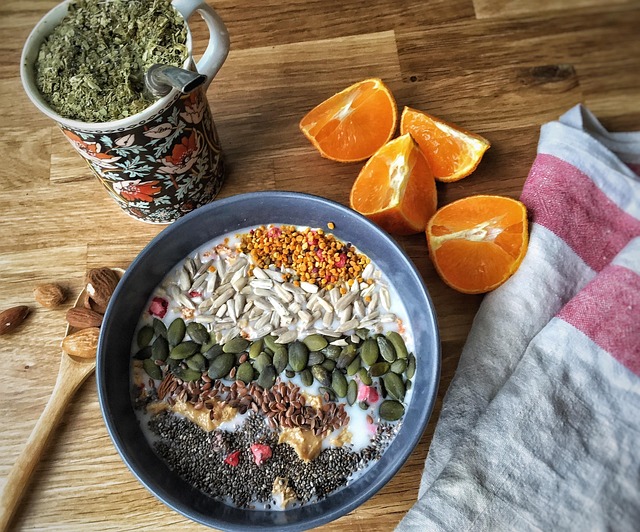
If you are actively involved in training – cardio, strength or fitness – you have probably experienced muscle soreness after a workout. Muscle pain can be different. It can be felt as fatigue or aching pain that does not allow muscle tissue to fully contract. A good cool-down after a workout, massage, self-massage, rest and proper nutrition will help reduce the intensity of painful sensations.
The best choice is preventive and local treatment, namely, light massage and proper nutrition.
Foods that affect the reduction of muscle pain. How to reduce muscle pain caused by Intense training and what nutritional solutions?
With the help of the nutrition menu, it is impossible to eliminate pain instantly, but it is quite possible to influence their intensity and duration.
1. Cinnamon helps to increase the body’s sensitivity to insulin. It is indicated in the fight against excess weight, contributing to the replenishment of glycogen reserves in muscles, which helps rapid regeneration by increasing energy reserves. Muscles recover faster and hurt less.
Cinnamon is an excellent source of chromium. Chromium helps to normalize blood sugar levels, reduces appetite and reduces cravings for sweets!
#2. Turmeric and ginger are spices that have a slight blocking effect on pain due to the presence of curcumin and gingerol in them. These substances have anti-inflammatory and analgesic effects.
Turmeric powder is used to normalize blood sugar, in any kind of inflammatory processes (from viruses to joint diseases), in the treatment of depression, obesity (accelerates metabolism), as well as as a stimulant, tonic and analgesic.
We prepare ginger tea: peel 1-2 cm of the root, grate it three times, pour boiling water, add a slice of lemon and a spoonful of honey.
We eat pickled ginger as a savory addition to the main course. Add grated ginger to the pastry (ginger biscuits!) and ground ginger as a spice for hot dishes.
#3. Fatty fish is a source of amino acids necessary for high—quality regeneration of muscle tissue. Protein is the best component of nutrition after exercise. Omega-3 polyunsaturated fats also have an anti-inflammatory effect. Fish should occupy a worthy place in the diet of a trained person.
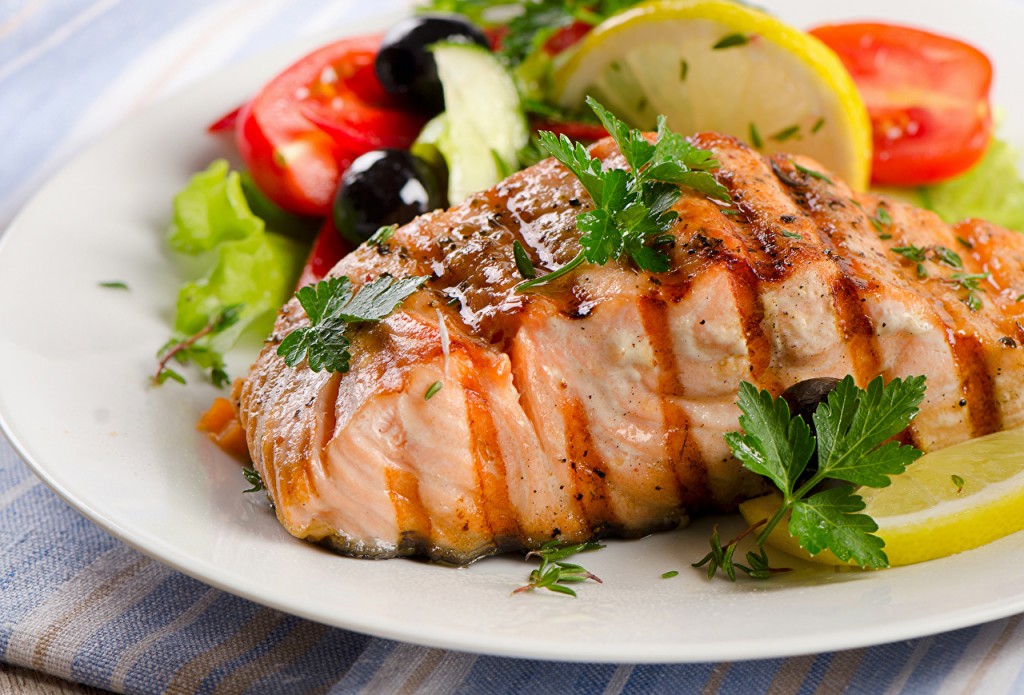
The best snack after an intense workout is red fish. Salmon contains a lot of omega-3 fatty acids, selenium, potassium, vitamin B, and a lot of protein. Potassium helps restore lost electrolytes, and fatty acids reduce inflammation.
#4. Eggs are a source of building material. They are rich in animal protein, which is needed to repair injured muscles, and the amino acid leucine and the antioxidants contained in the egg will significantly speed up this process.
Bake the eggs in half an avocado, you can immediately add salmon. To make Asian pickled eggs: pour the hard-boiled and peeled eggs with a mixture of soy sauce, rice vinegar and sugar (for 100 ml of soy sauce, ½ tbsp rice vinegar and 1 tsp sugar).
#5. The vegetables are green. Sorrel, spinach, all kinds of cabbage, cucumbers, celery and other green vegetables contain vitamin C, antioxidants, flavonoids and carotenoids, which help in the process of repairing damaged body cells, while reducing the level of cortisol, a stress hormone that only exacerbates the situation. The substances contained in greens contribute to the development of a good mood, which can help to perceive pain less acutely and tragically.
Fresh spinach contains many nutrients and helps relieve inflammation. Spinach contains magnesium, manganese, iron, zinc, potassium, lots of folate, vitamin A and C. Magnesium and potassium are electrolytes and help replenish water balance after an intense workout. We recommend adding spinach to smoothies or mixing it with eggs – it turns out tasty, satisfying and healthy.
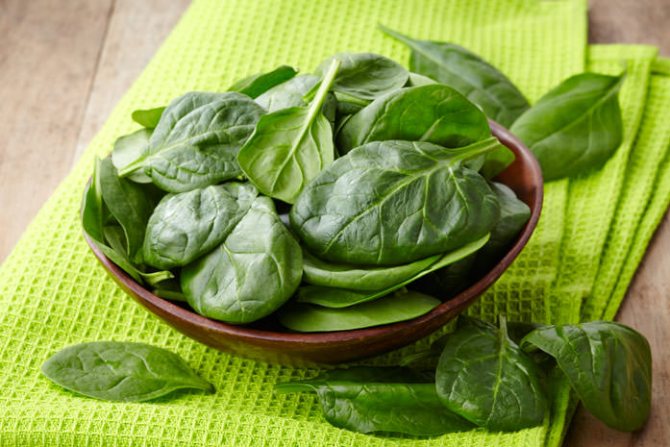
#6. The berries are red and dark in color. Cherries or blueberries, as well as other berries of similar colors, can reduce muscle pain. They are rich in antioxidants that fight to repair damage at the cellular level by removing toxic inflammatory products from them. Melatonin, which is found in cherries, helps to normalize sleep, which is extremely important for a systematically exercising person.
Cherry juice is necessary to promote recovery, 1 glass twice a day for 5 days before the sporting event or for 2-3 days after it.
#7. Foods are rich in enzymes. Sauerkraut and kefir are rich in probiotics, enzymes that normalize the work of the gastrointestinal tract, which has a beneficial effect on the efficiency of all body systems and human health. These products are not suitable for a short-term solution to the problem, but they will significantly reduce the duration of pain if you add them little by little to your daily diet.
#8. Cottage cheese
Cottage cheese contains a lot of whey protein, which is necessary for the recovery of damaged muscles. Cottage cheese also contains a lot of casein protein – this protein acts slowly and restores your muscles while you sleep. Cottage cheese is ideal for a snack before and after exercise.
Nutrition menu for a comfortable workout. How to reduce muscle pain caused by Intense training and what nutritional solutions?
Balanced nutrition, aimed at taking into account the individual characteristics and needs of an individual, is the impetus for the correct and most effective functioning of his body. Nutrition should be correct, it is necessary to fully consume proteins, fats, carbohydrates, vitamins and other trace elements. Also, do not neglect low-fat and gentle cooking methods, such as stewing, baking without additional fat, cooking and steaming.
Nutrition is not only about eating, but also about drinking. Sufficient intake of clean liquid, in the form of water without impurities and gases, will help to cope with body problems faster. The fact is that dehydration of the body leads to a decrease in the amount of plasma in human blood, as a result of which beneficial trace elements do not reach the muscles for their recovery.
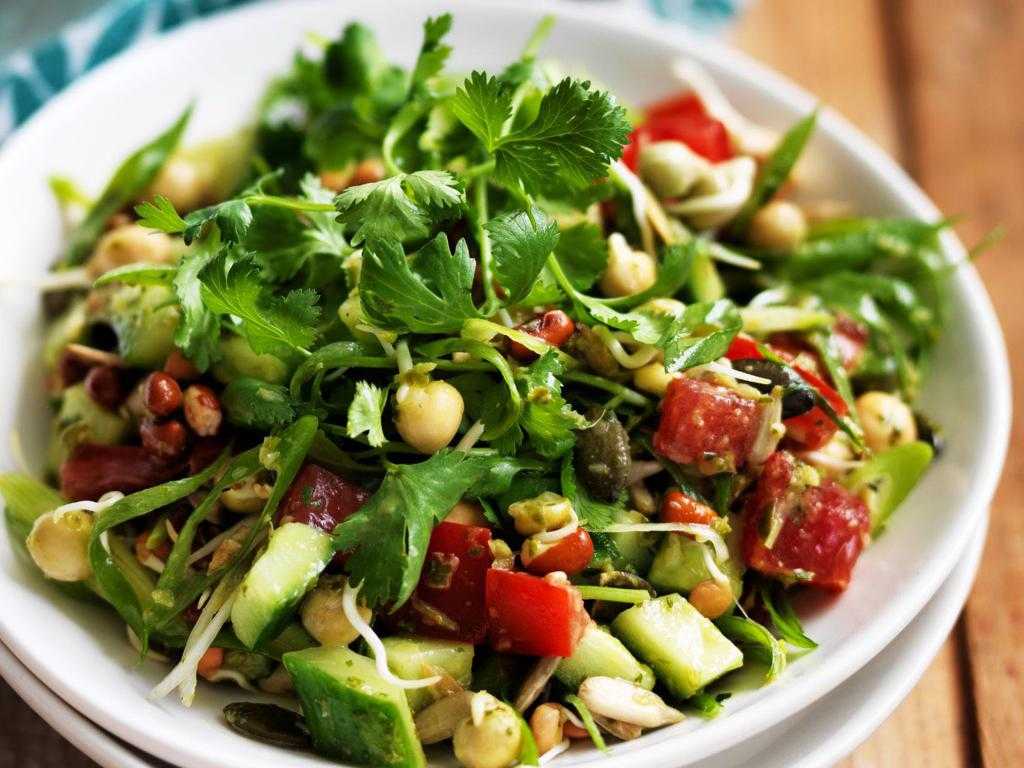
At the same time, the excretion of toxic substances from the muscles also suffers, which increases the pain. Drinking should be sufficient not only during exercise, but also throughout the entire time.
For an emergency after a workout, add a little ginger or turmeric to the first meal, or both. These foods are quick helpers for muscle pain.
As is known, physical activity requires changes in the consumption of animal and plant proteins. In the diet, the share of animal proteins (meat, offal, fish, poultry, cottage cheese, cheese, eggs, milk) should be at least 60%, which will provide the required optimum in amino acid composition. The remaining 40% are plant proteins.
This ratio of animal and plant proteins is recommended to be observed at every meal. In special cases, animal proteins can make up 80%. For example, during training aimed at developing such qualities as speed-strength, as well as when increasing muscle mass, performing long and intense training loads.
It is important not to let the muscles starve – in this case, the process of their destruction inevitably begins. In order to get ahead of the feeling of hunger, you can eat something from fast carbohydrates and easily digestible proteins immediately after training.
(1) – US National Library of Medicine; Exercise-induced muscle damage: What is it, what causes it and what are the nutritional solutions? 2019 Feb. https://pubmed.ncbi.nlm.nih.gov/30110239/
Elena runs a private practice as a nutrition coach in the USA and many countries around the world. https://elenasunshinemagazine.com/services/
I offer:
Evaluate current meal plans and give general recommendations.
Individual consultations.
Making individual meal plans.
Recommend gradual dietary changes and consistent dietary practice.
Discuss the importance of balanced macronutrient intake.
To offer recommendations on eating behavior.
Promote the calorie recommendations set out by the U.S. Department of Agriculture, MyPlate, the Eatwell Guide in the United Kingdom, or other acceptable organizations.

